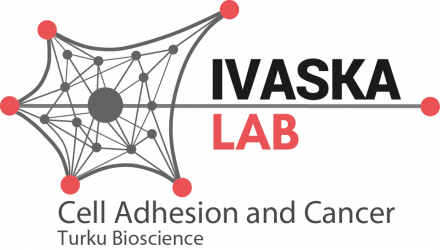Vimentin coordinates fibroblast proliferation and keratinocyte differentiation in wound healing via TGF-β-Slug signaling by Fang Cheng et al.
Proc Natl Acad Sci U S A. 2016 Jul 26;113(30):E4320-7. doi: 10.1073/pnas.1519197113. Epub 2016 Jul 8.
ABSTRACT
Vimentin has been shown to be involved in wound healing, but its functional contribution to this process is poorly understood. Here we describe a previously unrecognized function of vimentin in coordinating fibroblast proliferation and keratinocyte differentiation during wound healing. Loss of vimentin led to a severe deficiency in fibroblast growth, which in turn inhibited the activation of two major initiators of epithelial-mesenchymal transition (EMT), TGF-β1 signaling and the Zinc finger transcriptional repressor protein Slug, in vimentin-deficient (VIM(-/-)) wounds. Correspondingly, VIM(-/-) wounds exhibited loss of EMT-like keratinocyte activation, limited keratinization, and slow reepithelialization. Furthermore, the fibroblast deficiency abolished collagen accumulation in the VIM(-/-) wounds. Vimentin reconstitution in VIM(-/-) fibroblasts restored both their proliferation and TGF-β1 production. Similarly, restoring paracrine TGF-β-Slug-EMT signaling reactivated the transdifferentiation of keratinocytes, reviving their migratory properties, a critical feature for efficient healing. Our results demonstrate that vimentin orchestrates the healing by controlling fibroblast proliferation, TGF-β1-Slug signaling, collagen accumulation, and EMT processing, all of which in turn govern the required keratinocyte activation.
PMID:27466403 | PMC:PMC4968728 | DOI:10.1073/pnas.1519197113
